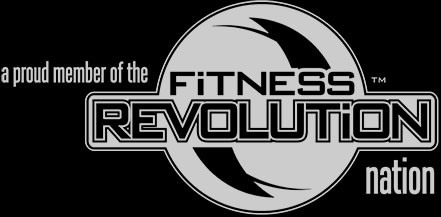In part one, I discussed why we put such an emphasis on training the glutes into our athlete and adult protocols alike. This post will dive into the specific exercises we use and why. We divide our glute exercises into two main categories, standing and lying. Standing variations obviously offer more application to the demands that will be placed on the body on a day to day basis whether you are an athlete or an average Joe. Lying variations allow us to increase the load considerably and are also a great alternative to people with low back issues such as myself. I have to be incredibly conservative when performing standing variations due to my low back, however I can load up a lying variation aggressively while achieving very similar benefits. With that being said lets dive into the top exercises we use for each variation previously mentioned.
1. Lying Barbell Hip Thrust – This is our favorite exercise when targeting the glutes. Two main reasons we love this exercise are the transfer to speed and acceleration with our athletes, and the general improvement in function since the glutes influence so much of the rest of our body mechanics. We have the luxury of having a piece of equipment created for the purpose of this exercise, however it can be performed on any conventional bench. Set up with the bench right around the mid back, this will serve as your pivot point. Maintaining this point is critical as we do not want the back to slide back and forth throughout the exercise. Before getting into bar placement, I will note that a bar pad or padding of some sort will be needed to protect the hips while lifting. Bar placement is right in the crease of the hips which is easily achieved by rolling the bar up over the feet and legs. Bring the feet up towards the butt, the shins should be vertical when the lift is actually perform if this helps. Toes are either straight forward or slightly turned outward. When executing, be sure you are pushing through the heel rather than your toes. Create tension, then lift rather than just jerking into the motion. Each rep should be a controlled smooth movement. The neck should remain neutral through the entire lift. As you approach the top of the movement, contract the glutes without hyperextending the low back, then descend in a controlled motion before repeating. A last note is that this can also be performed as a bridge which you will see at the end of the video.
2. Standing Kettlebell Swing – This is an exercise that packs a huge punch. Though it is a hip based exercise, it really forces you to engage the entire body. The most important point to make is that this is not a squat, at no point throughout the movement should there be any squatting involved. Start by holding the kettle bell with an overhand grip. As you start swinging, the butt goes back and the chest stays up. Think of trying to tap your butt to an imaginary wall behind you when driving the hips back and the kettle bell should end up right between your legs and at no point should the kettle bell drop below the knees. As you drive the hips forward into extension, be careful not to hyperextend the back, rather be sure the shoulders are stacked directly over the hips and contract the glutes on the end range.
3. Mini band monster walks – All we need for this one is a small mini band, or tubing with ankle straps will also work. With the mini band, the lower we place the band on the leg, the more difficult the exercise. Once the band is set, drop the hips into an athletic position. We want constant tension on the band, so be sure the knees are not collapsing inward. If this is the case, a lighter band or placing the band higher may be necessary. Movements will be forward, backwards, and lateral, it really does not matter which one you start with. This exercise, particularly the lateral movements, really targets the gluteus medius as well as any abductor of the hip. As you move, focus on maintaining tension on the band and an athletic position.
As I stated in part one , the gluti are collectively vital to performance and function. There are a number of additional exercises that are very effective in training the glutes, these are three that we feel are very effective in achieving targeted benefits.

